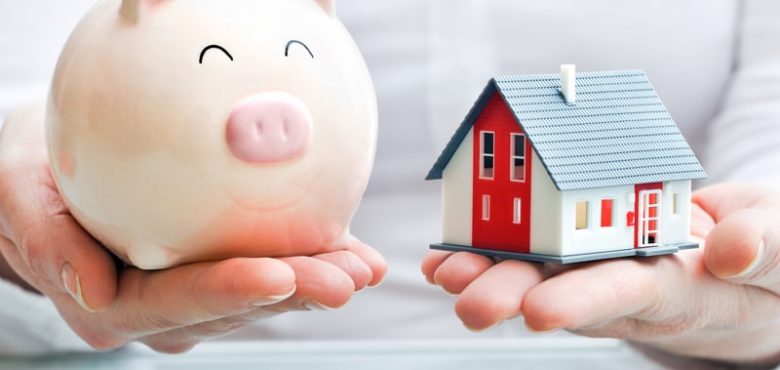Category:

- November 15, 2022
How to Save to Buy Your First Property
It’s already challenging to put up money for a down payment on a first house, and adding a cost of living problem to the mix can be stressful. Even if the possibility of purchasing your first house may appear further away than ever before, you shouldn’t give up on the dream just yet. Making your ideal home a reality is possible through a number of little improvements and way of life shifts. Read on to find out more.
Pay Off Your Debts
Taking on mortgage debt when you already owe money is a bad idea. There’s already a mound of debt to pay off, and now you have to add making your mortgage payment on top of that. Instead, settle any outstanding debts you may have before signing the dotted line on your new home.
Not only will this make affording a mortgage easier, but you may find you can borrow more because you have more ‘spare’ income. Use the money you would have been paying on your debts as your down payment, and it will soon add up. When you’re feeling overwhelmed by the amount you have to save, focus on one debt at a time and move steadily forward – you’ll get there in the end.
Move Further Away
This idea might not appeal to everyone, as some will want to stay in familiar areas close to friends and family. However, if the area you live in is an expensive one and you’re finding it hard to save the money you need for a down payment (or even to find any affordable properties), it might be worth considering moving further away – perhaps to a different state.
It could be that you can find a wonderful home that you can afford just by moving somewhere new. The process isn’t too difficult either, especially when you have good interstate moving to help you. You’ll need to work out where your priorities lie to decide if this is the right option for you, of course.
Identify Bad Spending Habits
If you examine your financial situation carefully, you may find some worrying patterns that you need to change. There are several potential expenses that can quickly eat away at your money balance, such as buying pricey lunches at the office and going on uncontrolled shopping binges. One of the first steps toward long-term financial security is identifying the primary drains on your resources and putting a stop to them.
Establish Clear Savings Goals
Now that you know how much you can spend on a mortgage, you can start setting savings goals to help you reach your goal. Setting a goal, like saving $500 a month, is a good way to get started. Figure out how much it costs you to live (bills, groceries, debts, etc.), and if you can, it’s a good idea to split your paycheck 80/20, with 20 percent going to savings. Putting this amount of money away each month is a fast way to save up for your deposit. If you’re saving with someone else to buy something, now is also a good time to talk about their finances so you can both put away what you can afford.

